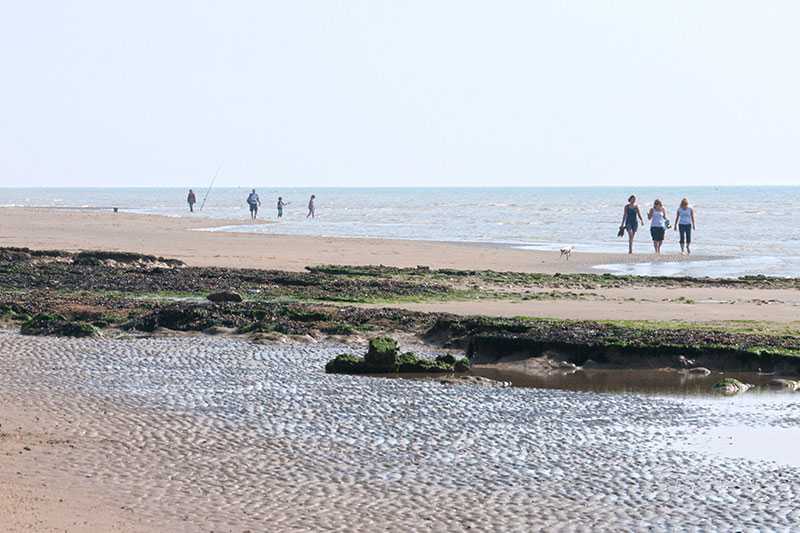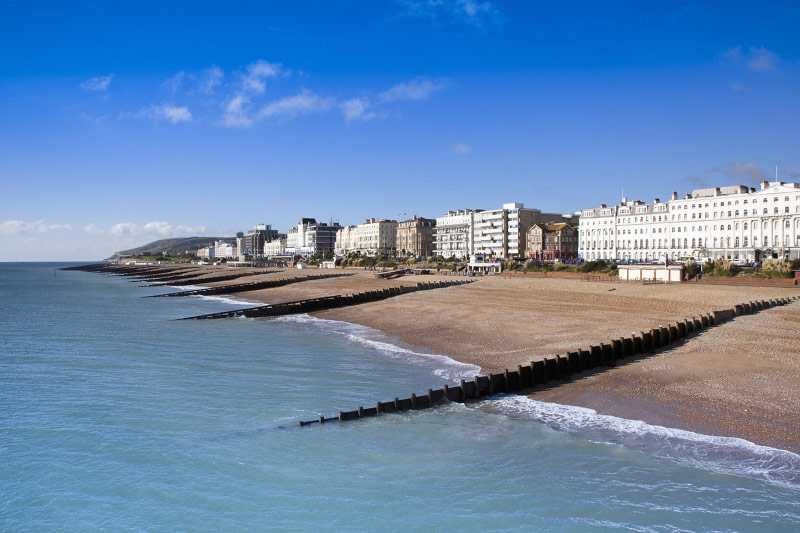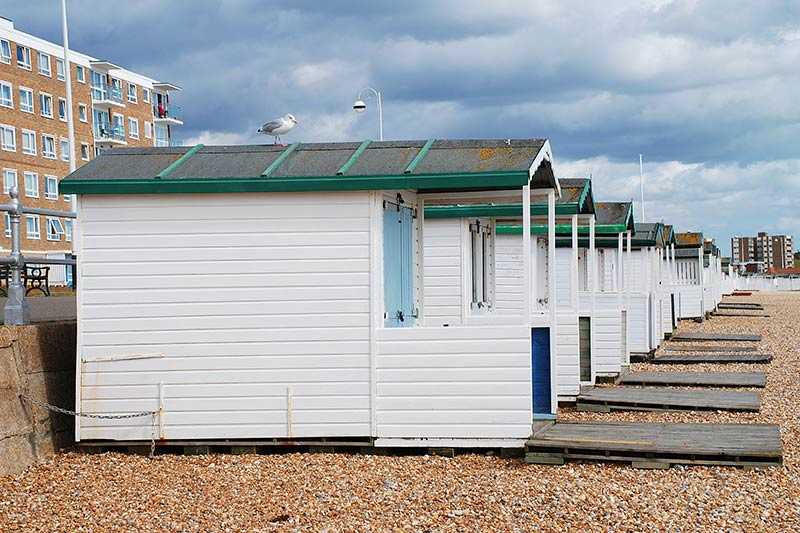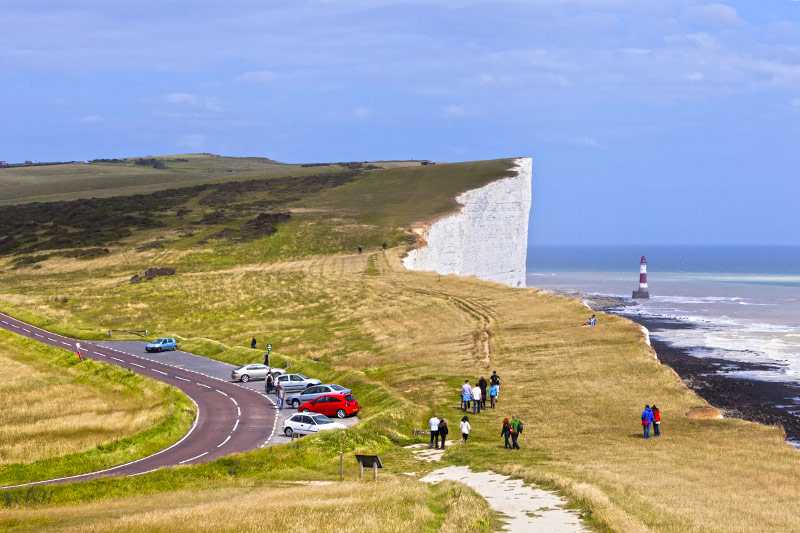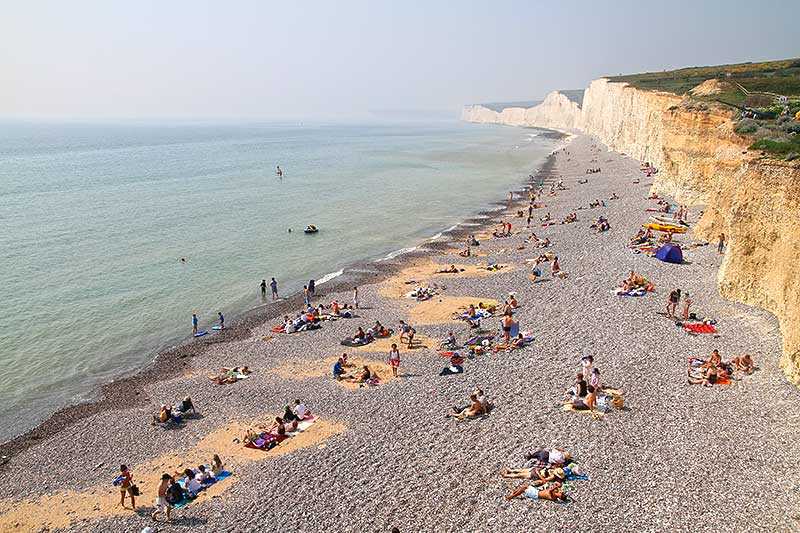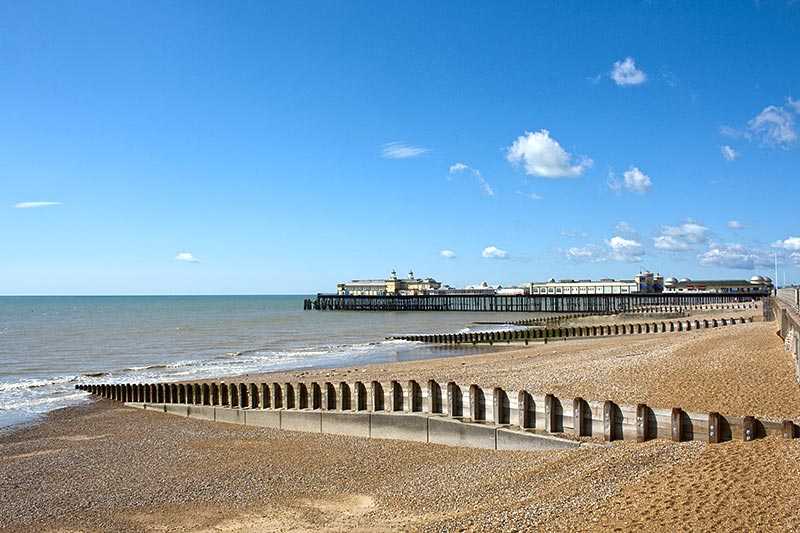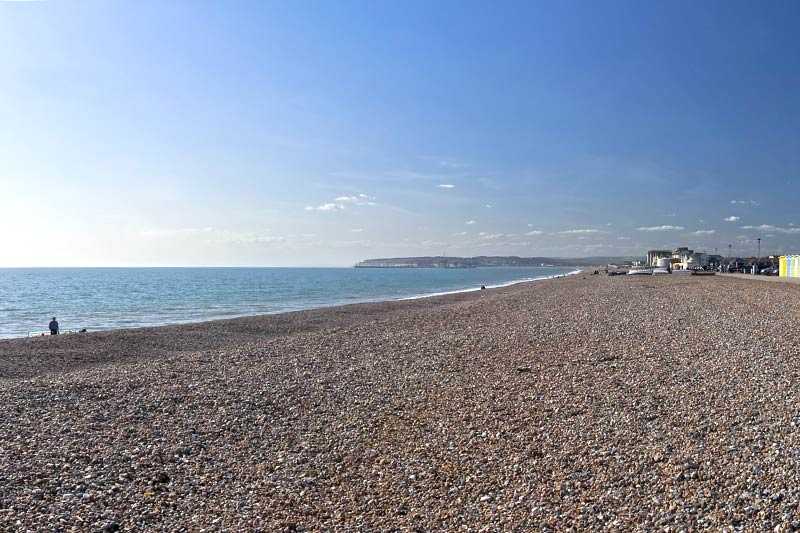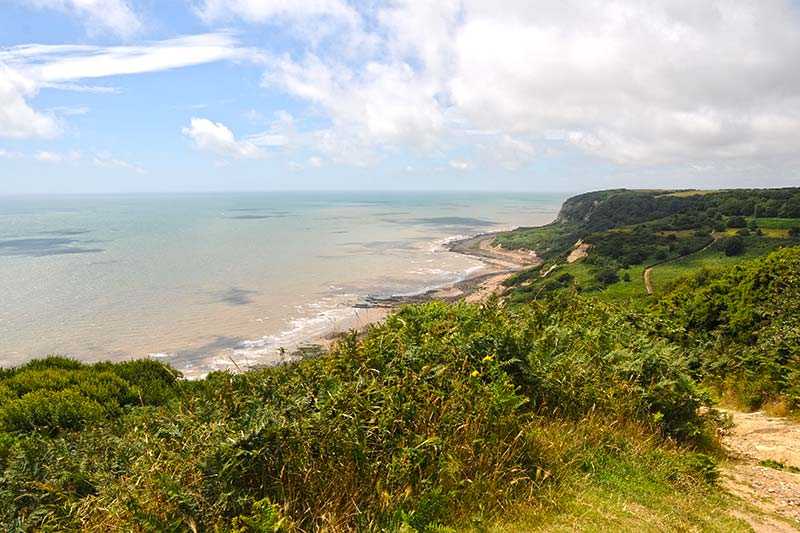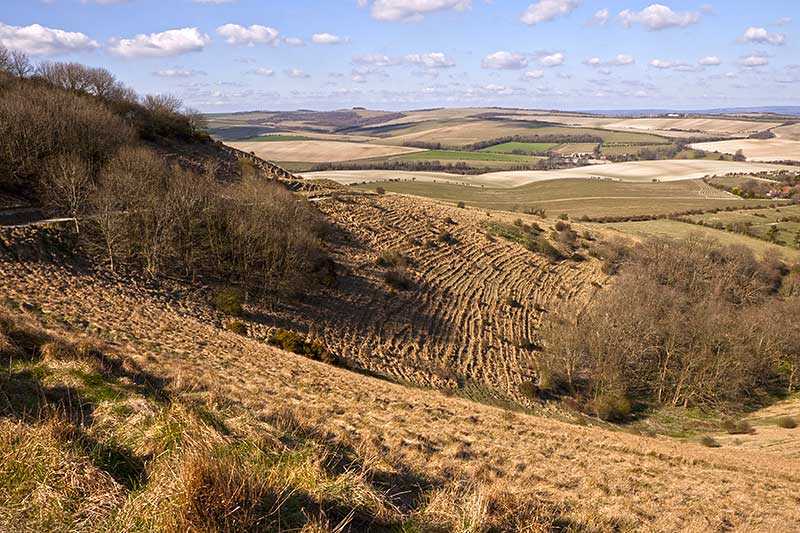Pevensey Bay Beach
About Pevensey Bay Beach
The shingle beach reveals a stretch of flat sands at low tides and is backed by an area of salt marshes called Pevensey Levels which has been designated a Site of...
About Pevensey Bay Beach
The shingle beach reveals a stretch of flat sands at low tides and is backed by an area of salt marshes called Pevensey Levels which has been designated a Site of Special Scientific Interest due to the rare plant, bird and animal life which lives there, including the Fen Raft Spider. From the beach, visitors can enjoy sea fishing on boat trips, wind surfing, ka...
Things to do near Pevensey Bay Beach
Attractions near Pevensey Bay Beach
Activities
About Pevensey Bay Beach
About Pevensey Bay Beach
The shingle beach reveals a stretch of flat sands at low tides and is backed by an area of salt marshes called Pevensey Levels which has been designated a Site of Special Scientific Interest due to the rare plant, bird and animal life which lives there, including the Fen Raft Spider. From the beach, visitors can enjoy sea fishing on boat trips, wind surfing, kayaking and canoeing, jet skiing, sailing and swimming in the Marine Conservation Society Recommended waters. The beach is famous for being the site of William the Conqueror's landing in England in 1066, prior to the Battle of Hastings.
